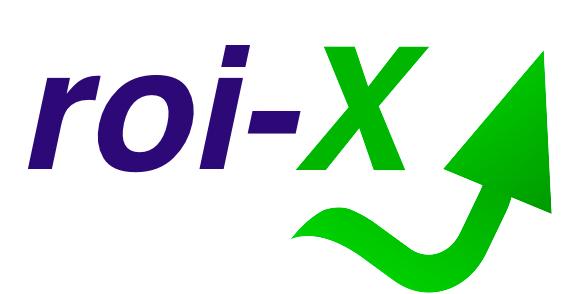Agility
Adapt to change.Learn continuously.
Surpass the competition
Organizations that move quickly, flexibly, and decisively capitalize regularly and effectively on change. They transform successfully.

Stay relevant
“In today’s era of volatility [..] the only sustainable advantage you can have over others is agility. That’s because nothing else is sustainable. Everything else you create, someone else will replicate.” – Jeff Bezos
Agility is the ability to respond to change, while resilience is the ability to recover from disruption. Both are closely related, though. Agile companies anticipate and adapt to shifts in the business environment. Such increasingly volatile ecosystems require organizations to respond faster and concurrently to multiple changes. Principled high-performance practices, adaptable processes, and cultures of continuous learning drive agility. Agility is not only about speed but also about accuracy. It is a framework.
Excel via structure,
Speed and flexibility are vital. Solutions evolve through cooperation and partnership among self-organizing teams, eliminating siloes and competing workflows. Though it might appear counterintuitive, a clear structure focused on effectiveness and communication, including solid feedback mechanisms, is essential. Agility emphasizes the seamless delivery of individual solutions. At the core of agility are robust, scalable, complexity-reducing processes such as sales and operations execution (S&OE), supported by documentation and secure and stable systems. Visibility increases. Individuals are incentivized to step up to form ad hoc teams to resolve a specific challenge instead of relying on management to drive innovation.
... continuous learning,
Learning cultures democratize data and technology. They unconstrain change capacity, create a collaborative ecosystem, and redefine solution experiences. Learning cultures unlock insight, catalyze decision cycles, and boost informed decision-making. Less than 31% of leaders believe that their companies effectively respond to change, less to disruption. Employees are encouraged to acquire new (digital) competencies. New competencies catalyze the successful deployment of advanced, flexible, and scalable technologies, motivating the workforce to upskill further. Skill gaps and ineffective use of technology are eliminated, accounting for 57% of wasted employee time. The right people deliver timely results.
... and precision.
Agile companies anticipate. They focus on risk. Risk management begins with a framework. The framework identifies and reduces risk to utilize resources effectively. 75% of organizations work on efficiency but not simultaneously on effectiveness. Intelligent risk frameworks balance both efficiency and effectiveness while maintaining sight of growth. They focus on unstable supply change scenarios, demand forecasting, and product quality and liabilities. Collaborative supply networks based on real-time data and global multi-sourcing increase the visibility to risk. Demand forecasting, refined by machine learning while using downstream data, generates superior forecasts, linking tactical execution to long-term, integrated business plans.
